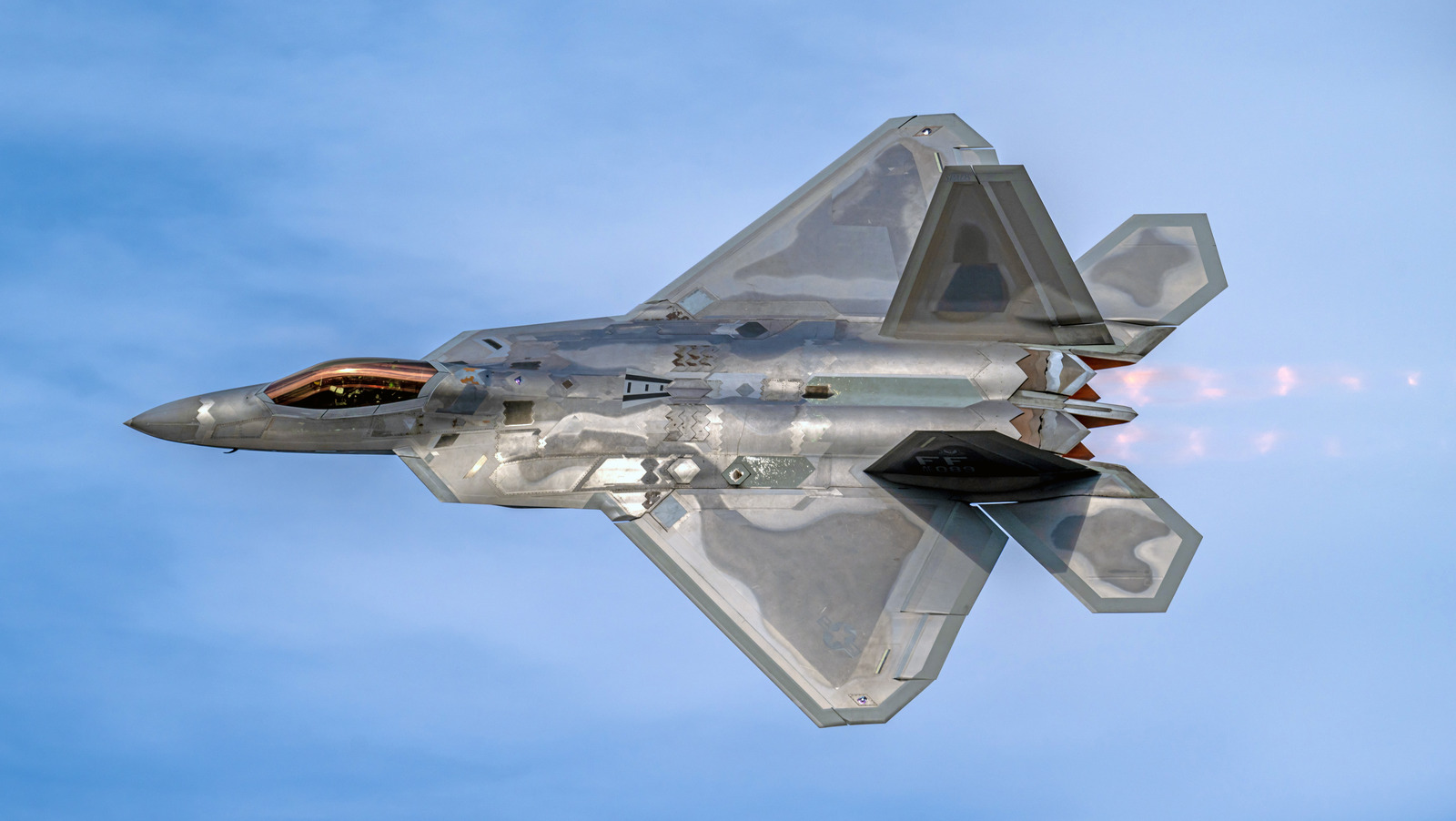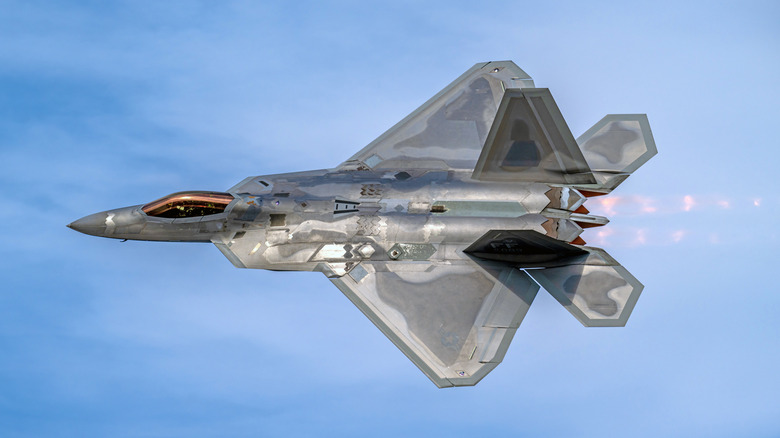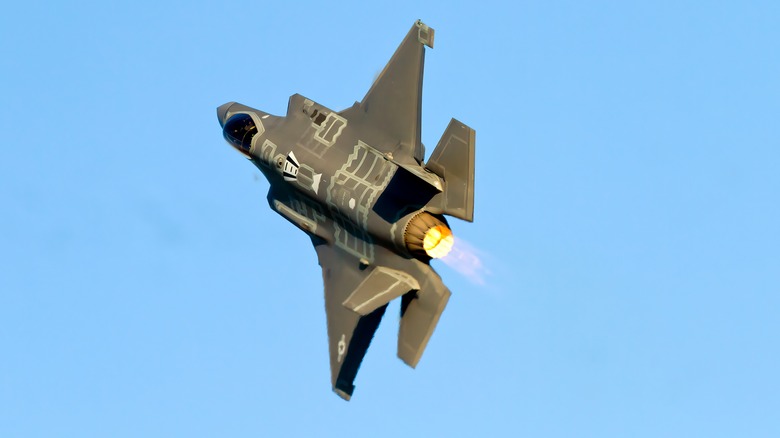Since the F-14 Tomcat was retired, the F/A-18 Super Hornet has been the U.S. Navy’s preferred fighter aircraft. However, the Hornet is not a fifth-generation jet like the F-22 Raptor. The Raptor is by far the most advanced fighter in the Air Force’s arsenal and features so much proprietary technology that it has never been sold overseas. The Raptor’s greatest strengths are its undetectable nature and limited radio frequency emissions. Even in a dogfight, if enemy aircraft can physically see the F-22, it is difficult for them to lock onto the aircraft. This aircraft redefined air superiority. In the age of fifth-generation jets, why wouldn’t the Navy use the Raptor?
Advertising
In fact, this idea was discussed for a while in the ’90s as the “Sea Raptor.” However, adapting the Raptor for takeoffs and landings on carrier aircraft would have required a major overhaul that would have changed the entire functionality of the aircraft. To withstand the force generated during takeoff by a carrier’s catapult system, it would have needed a reinforced fuselage. In addition, it would have needed a variable-sweep wing design like the F-14 to be slow enough for a braked landing on the deck of a carrier. Not only would this redesign have added cost to the already expensive platform ($350 million per aircraft), but the variable-sweep wings would have changed the jet’s small radar cross-section, making it difficult to detect in the first place.
Advertising
The fifth-generation jet that the Navy is using instead
The fact that the Sea Raptor idea never came to fruition didn’t mean the Navy was out of luck in getting its own fifth-generation fighter jet. It just took a little longer to get there. Exactly 24 years after the first F-22 Raptor was delivered to the Air Force, to be exact. The F-35C Lightning II became the Navy’s F-35 variant, replacing the F/A-18C/D Hornet as its primary fighter jet. The landing gear and wings were modified to be suitable for carrier landings and takeoffs. Since the wings are the largest of all F-35 variants, they fold up at the ends to make room for other aircraft on the flight deck.
Advertising
Similar to the F-22, the F-35C has a small radar cross-section, making it the first stealth fighter aircraft capable of carrier operations. It can also reach supersonic speeds, reaching a top speed of about 1,900 km/h, or Mach 1.6, when fully loaded. The F-35 platform is versatile, allowing the jet to be used in many different roles, from engaging enemy aircraft in the air or targets on the ground to acting as a reconnaissance aircraft. Ultimately, the Navy didn’t need a “Sea Raptor.” It just needed patience.



